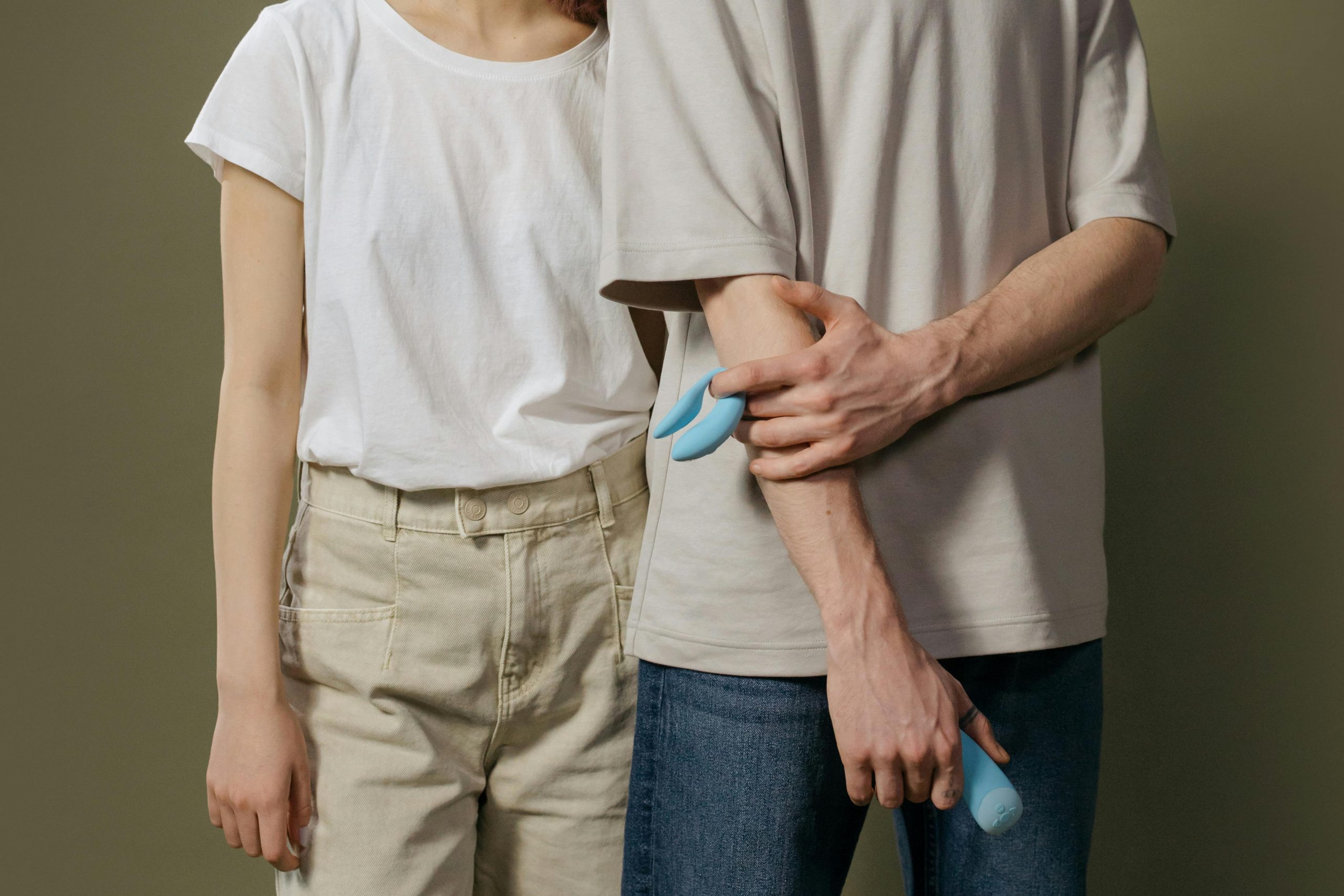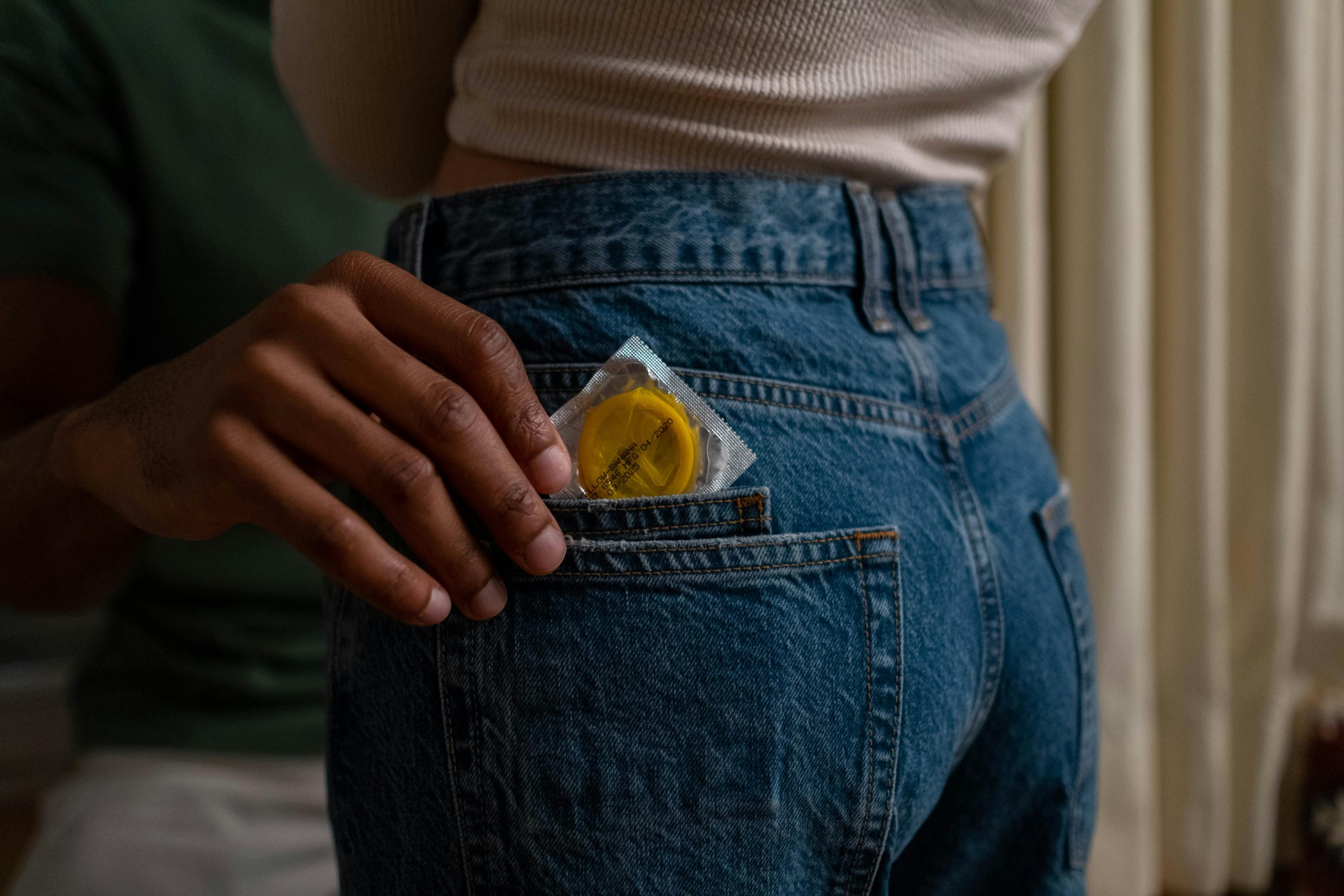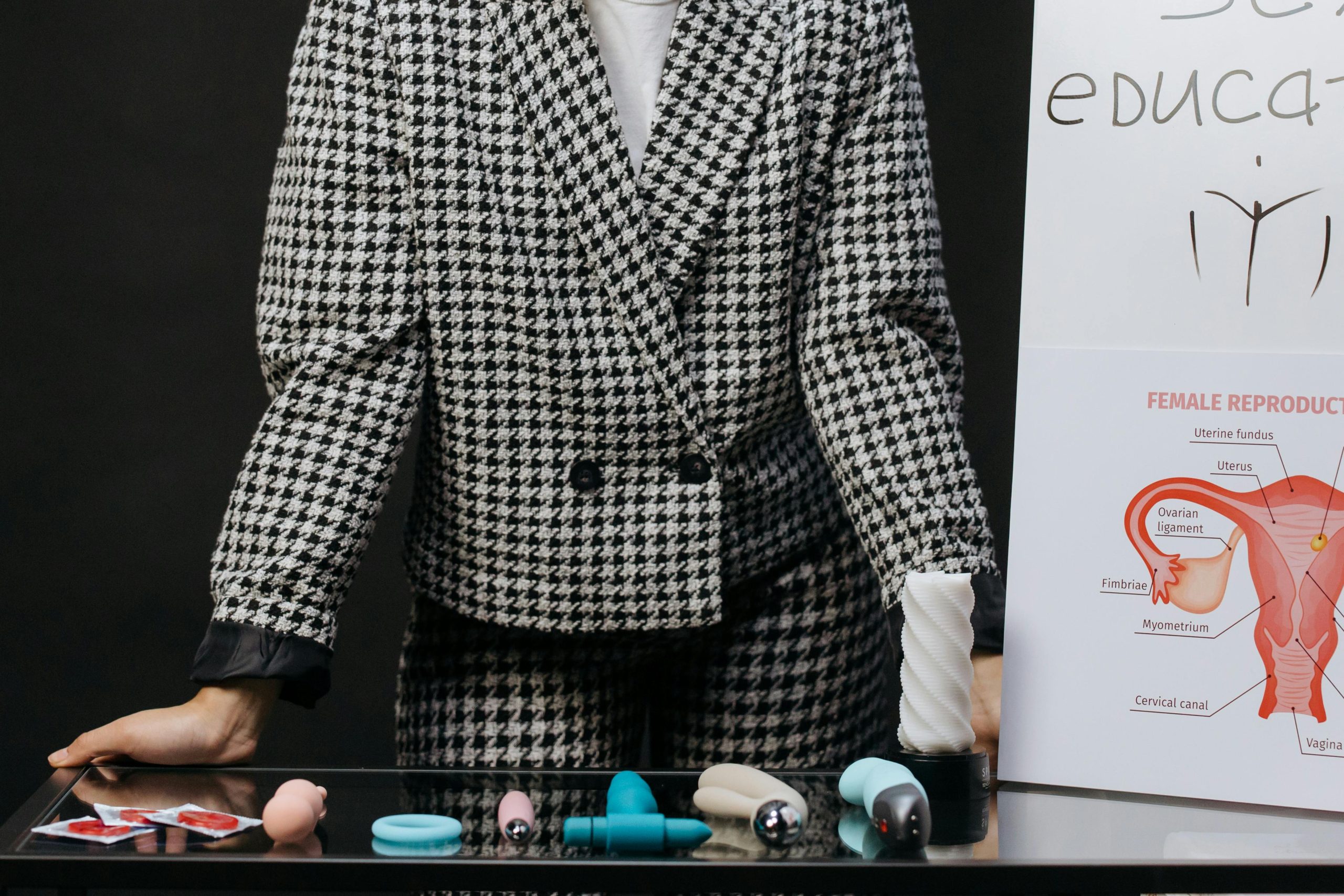Recent research shows a clear gap when it comes to women’s pleasure during casual hookups compared to relationships. Studies now confirm what many have talked about: women are less likely to orgasm during one-time encounters.
This isn’t just a private issue, it touches on ideas about consent, equality, and healthy connection in modern dating. Anyone curious about sex or fairness in hookups can gain insight from these findings.
Opening up about these facts helps break down myths, encourages honest talks, and pushes for better understanding in the bedroom.
What the Study Found: Women and Orgasms in Hookups
It’s easy to assume everyone has a great time during casual sex, but the numbers tell a different story. Plenty of research points to a clear gap in pleasure between men and women, especially when hookups are involved. When it comes to who actually reaches orgasm during these quick connections, women fall behind—by a lot.
 Photo by cottonbro studio
Photo by cottonbro studio
Orgasm Rates in Hookups vs. Relationships
Let’s break down what the data shows. The Kinsey Institute, along with recent peer-reviewed work, shines a light on the numbers behind bedroom experiences.
- During hookups, only about 10–30% of women say they orgasm.
- Meanwhile, in steady relationships, women report orgasm rates closer to 60–75%.
- Men, on the other hand, report orgasm rates above 80% in both types of encounters.
So, while men’s physical pleasure stays pretty steady, women’s satisfaction suddenly drops when the sex is casual. This isn’t just a small dip, it’s a big difference.
What’s Behind the Numbers
Why is there such a gap? When scientists asked women about their experiences, some clear patterns came up:
- Familiarity helps: Women say they orgasm more when they know and trust their partner. It’s easier to relax and say what you like when there’s a real bond.
- Technique and time matter: Hookups often feel rushed, or focus only on intercourse. Less time spent on foreplay leads to less pleasure for women.
- Communication is key: In relationships, partners often talk more openly about what feels good. In casual sex, people might feel shy or unsure about speaking up.
Key Takeaways from the Research
Researchers keep finding the same story, no matter which study you read:
- Women climax way less during casual sex than in committed setups.
- Orgasm rates for women often double, or even triple, once things get serious.
- Emotional comfort and communication boost a woman’s odds of enjoying herself.
This gap is about more than numbers. It’s about how we think, talk and act in the bedroom, especially in settings that are supposed to be casual and “just for fun.” So, the data says a lot about sex, connection, and modern dating.
Why Do Women Orgasm Less in Casual Sex?
Researchers have uncovered several key reasons behind the lower orgasm rates for women during casual hookups. While no story fits every person, certain themes pop up again and again in the research. From comfort and communication to the way sex plays out in the moment, these issues make a real difference in women’s experiences. Here’s a closer look at why the gap exists.
Lack of Comfort and Trust
A sense of ease has a huge impact on sexual pleasure, especially for women. In casual hookups, it’s common to feel uncertain or self-conscious. Sharing a bed with someone you barely know can trigger worry or tension. These feelings often make it harder to relax and enjoy the moment.
- Physical and emotional comfort help orgasms happen.
- Without trust, people may hold back or not let themselves fully experience excitement.
- Even minor worries or distractions can block pleasure.
In relationships, trust and repeated positive experiences build a sense of safety. This allows partners to open up and have better sex. That layer of comfort is often missing when things are casual.
Less Communication About Preferences
Talking openly about what you like is rare when it’s just a hookup. People might feel embarrassed or too shy to ask for what they want.
- Many women don’t tell hookup partners if something isn’t working.
- Some worry about being judged or sounding “high maintenance.”
- As a result, their needs may go unmet.
When couples talk about pleasure and desires, both partners learn and adapt. In many hookups, the script is shorter and less personal, which lowers the chance of women reaching orgasm.
Sex Often Centers on Penetration
Many casual sex encounters follow a script that centers on penetration and finishes when the man orgasms. This routine often skips over the types of touch or attention that help women climax.
- Clitoral stimulation is critical for many women’s orgasms.
- Hookups often cut foreplay short or forget it altogether.
- The focus stays on intercourse, leaving women behind.
If the main goal becomes finishing quickly, there’s little time left for extra moves or techniques. The sex may feel rushed and focused only on one partner’s pleasure.
Alcohol and Rushed Encounters
Alcohol often lowers inhibitions and can help people engage in casual sex, but it can also put a damper on sexual enjoyment and performance.
- Alcohol can blunt sensitivity, making it harder for women to climax.
- Being tipsy or drunk can make it challenging to relax or focus on pleasurable feelings.
- Hookups often happen late at night or after parties, so people feel tired or distracted.
 Photo by cottonbro studio
Photo by cottonbro studio
Casual hookups often have a short timeline. People may want to get things over with before a roommate comes home or the situation gets awkward. This race against the clock leaves less room for exploring what feels good or building up to an orgasm.
Understanding these patterns helps explain why women’s pleasure suffers in casual sex, even when everyone’s willing and enthusiastic about the encounter.
How Culture and Myths Impact Sexual Satisfaction
It’s not just the bedroom or the people involved that shape sexual experiences. Old beliefs, hush-hush attitudes, and double standards show up between the sheets in ways many don’t realize. Our ideas about sex—what’s “normal,” who deserves pleasure, and even if we should talk about it—slowly seep in from movies, social media, and everyday talk. These myths and cultural stories shape real-life hookup experiences, and often tip the scales against women’s satisfaction.
The ‘Sex Should Be Spontaneous’ Myth
We hear it everywhere: hot sex is supposed to “just happen” without planning, talking, or asking what feels good. This story pops up in movies and TV, making it seem like the best sex is always wild and unplanned. The truth is, this myth can block open talk and experimenting—especially for women during a hookup.
- Many women need time and a sense of safety to feel turned on, neither of which always come with quick, spur-of-the-moment sex.
- Expecting instant chemistry sidelines basics like foreplay and communication, both linked to women’s pleasure.
- When women don’t orgasm, they may blame themselves, thinking they “ruined the mood.”
This myth trains us to see planning or talking as “awkward,” even though those are the keys to good sex—especially in new hookups.
Double Standards and Judgment
Cultural stories have long painted men as “born to want sex” and women as keepers of virtue. Even today, these double standards shape what happens between hookup partners.
- Women who talk openly about pleasure risk being labeled as “easy” or “demanding.”
- Men get encouragement to ask for what they want, but women worry about shame or gossip.
- Some women hide their desires, feeling it’s safer to go with the flow than to speak up.
These old ideas don’t disappear just because two people match on an app. They show up in self-doubt and silence. The rules are different, and women are left feeling judged—sometimes by partners, sometimes by themselves. It’s tough to enjoy sex when you’re busy watching what you say or do.
The Orgasm Gap in Pop Culture
 Photo by cottonbro studio
Photo by cottonbro studio
If you look at movies or TV, sex almost always ends when the man finishes. Scenes rarely show women climaxing, or partners asking what each other likes. This “male pleasure comes first” script sinks in, even without us knowing it.
- Comedies gloss over women’s pleasure, treating it as a bonus instead of part of the deal.
- Young people learn about sex from TV, where women’s orgasms are rarely shown or even discussed.
- The usual story is that men always finish, and women’s turn is optional or skipped.
Over time, these images shape what people expect in real hookups. Women’s orgasms can start to feel like “extra credit” instead of basic respect. When you see the same script on repeat, it’s hard not to believe it.
Closing the Gap: What Helps Women Orgasm More Often?
Closing the orgasm gap isn’t about luck, or some secret code—research shows real, practical steps make a difference. If your goal is more pleasure and stronger connection, there’s plenty you can do starting right now. The journey to better sex starts with small, honest shifts in attitude, routine, and the people you invite into your bed.
Speaking Up About Wants and Needs
Women are much more likely to orgasm when they communicate their desires. It’s easy to feel awkward or nervous, especially during a casual hookup, but sharing what you like, want more of, or what isn’t working often leads directly to better experiences.
- Simple phrases work. You don’t need fancy language to steer things in a better direction. “Can you do that slower?” or “I really love it when you…” goes a long way.
- Practice helps. The more these talks happen, the easier they get. Try saying things to yourself first or texting what you like if in-person feels too intense.
- Confidence is attractive. People who speak up about their pleasure encourage partners to do the same, breaking down nerves on both sides.
If it feels too scary to say something mid-hookup, try talking before or after. Even a quick message the next day can help set the tone for next time with that partner or another.
Understanding Female Pleasure Beyond Penetration
Many people still think sex is finished once penis-in-vagina (PIV) intercourse ends. But for a majority of women, orgasm most often happens with direct clitoral stimulation or a mix of different touches.
 Photo by cottonbro studio
Photo by cottonbro studio
- Clitoral stimulation is key for many women’s orgasms, not just “extra credit.”
- Mix it up. Hands, mouths, toys, and different positions all add variety and help find what brings the most pleasure.
- Slow down. Rushing to the “main event” leaves little time for warmup. Taking more time for foreplay means a better chance at orgasm.
If something feels good, say so. If you want to try something new, suggest it. Sex isn’t a race—taking time to learn and experiment is half the fun.
Choosing Respectful Partners
Pleasure is a two-way street, but not all partners treat it that way. The most consistent factor behind women’s orgasm rates? Having a partner who actually cares about both people’s experience.
Signs you’ve picked a partner who’s likely to care:
- They ask what you like, and listen to your answers.
- They don’t act rushed or annoyed if you need more time or want to pause.
- They’re open to trying what works for you (not just what they’ve seen or heard elsewhere).
On the flip side, hookups with partners who mock, judge, or ignore requests rarely end well. If a past experience felt bad, consider if the other person truly valued your comfort and pleasure. There’s no shame in being picky—your experience matters.
Choosing better partners and clear communication can feel like small steps but they lead to a much better chance at mutual pleasure. In the end, seeking out curiosity, care, and respect pays off far more than “winging it” or hoping your partner will magically guess what feels good.
Conclusion
Old myths and silent scripts still shape lots of real-world sex, but the research makes things clear: women’s pleasure drops during casual hookups, and it doesn’t have to be this way. Speaking up and picking partners who care can tip the scales toward better sex for everyone.
Challenging old beliefs about who deserves satisfaction, why communication feels awkward, or how sex should go, sets up a healthier kind of hookup. If this study makes you rethink your own approach or sparks a talk with a partner, that’s the real win.
The more we talk about honest pleasure, respect, and sharing people’s needs, the more fun and fair casual sex can become—for everyone in the room. Thanks for reading and feel free to share your stories or thoughts with others. Change starts with real conversations.